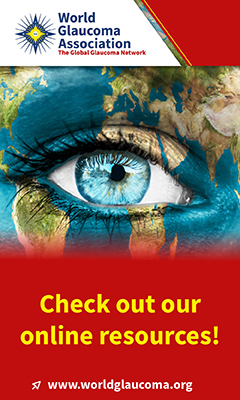advertisement

Abstract #118077 Published in IGR 24-4
iPSC-derived cells stimulate ABCG2/NES endogenous trabecular meshwork cell proliferation and tissue regeneration
Xi G; Xi G; Feng P; Zhang X; Wu S; Zhang J; Wang X; Xiang A; Xu W; Wang N; Zhu WCell proliferation 2024; 57: e13611
A major risk factor for glaucoma, the first leading cause of irreversible blindness worldwide, is the decellularisation of the trabecular meshwork (TM) in the conventional outflow pathway. Stem cell-based therapy, particularly the utilisation of induced pluripotent stem cells (iPSCs), presents an enticing potential for tissue regeneration and intraocular pressure (IOP) maintenance in glaucoma. We have previously observed that differentiated iPSCs can stimulate endogenous cell proliferation in the TM, a pivotal factor in TM regeneration and aqueous humour outflow restoration. In this study, we investigated the response of TM cells in vivo after interacting with iPSC-derived cells and identified two subpopulations responsible for this relatively long-term tissue regeneration: ATP Binding Cassette Subfamily G Member 2 (ABCG2)-positive cells and Nestin (NES)-positive cells. We further uncovered that alterations of these responsive cells are linked to ageing and different glaucoma etiologies, suggesting that ABCG2 subpopulation decellularization could serve as a potential risk factor for TM decellularization in glaucoma. Taken together, our findings illustrated the proliferative subpopulations in the conventional outflow pathway when stimulated with iPSC-derived cells and defined them as TM precursors, which may be applied to develop novel therapeutic approaches for glaucoma.
Department of Pharmacology, School of Pharmacy, Qingdao University, Qingdao, China.
Full article
